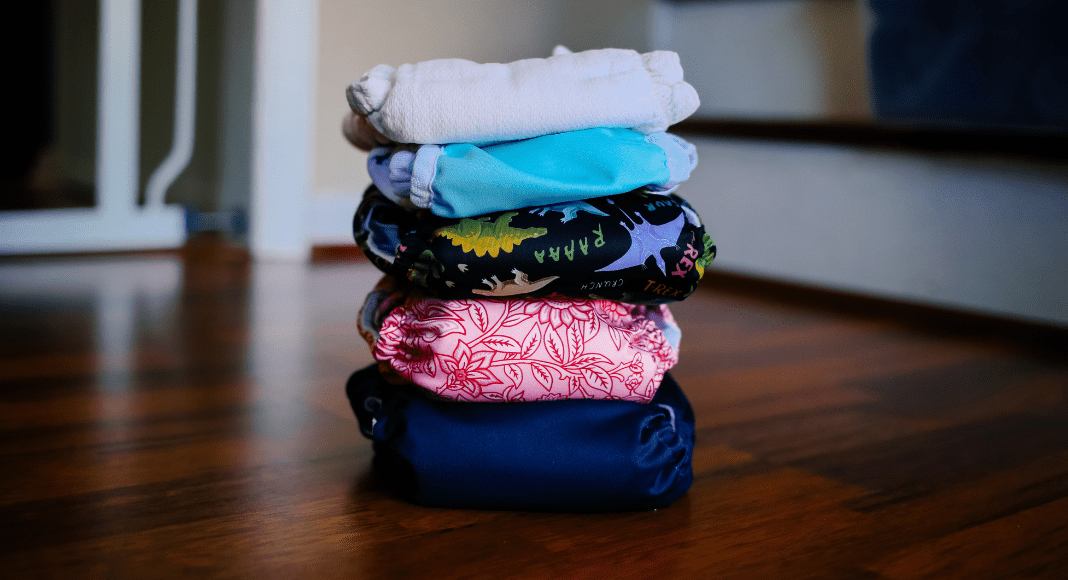 When you hear the words cloth diapers several things probably come to mind, but you most likely associate them with people who are very environmentally conscious. This is one of the reasons; others you might hear about are finances or allergies to disposables. We started cloth diapers with our first child for financial reasons and I have since continued to use them on my twins. Diving into the cloth diapering world can seem overwhelming with all the information getting thrown at you, but it’s really not as hard as it seems. It takes a little trial and error in the beginning to figure out what works best for you, but once you get the hang of it, it’s easy.
When you hear the words cloth diapers several things probably come to mind, but you most likely associate them with people who are very environmentally conscious. This is one of the reasons; others you might hear about are finances or allergies to disposables. We started cloth diapers with our first child for financial reasons and I have since continued to use them on my twins. Diving into the cloth diapering world can seem overwhelming with all the information getting thrown at you, but it’s really not as hard as it seems. It takes a little trial and error in the beginning to figure out what works best for you, but once you get the hang of it, it’s easy.
Let’s start with the four basic styles:
Covers: These are a PUL material that is used to go over a prefold, preflat, flat, fitted, or inserts. Some are one size (OS) and some are sized based on weight.
Pockets: A PUL cover but with a fabric lining and a pocket in the back or front to stuff with your desired use of absorbency. These also come with different linings such as suede, athletic wicking jersey, and bamboo terry. The only con to these is that stuffing them can get tiresome sometimes.
All In One (AIO): These are similar to the pocket diapers except they do not have a pocket. The inserts are attached to the inside of the diaper and have a few extra layers of fabric between the PUL material and the fabric lining. These tend to take a longer time to dry but are great because you have fewer diapers to stuff.
All In Two (AI2): This style is a mix between an AIO and a Pocket. It comes with inserts like an AIO but they detach. Some of these styles come with pockets so that they can be stuffed like a pocket or can be used like a cover.
If you are just starting out in your diapering journey the easiest thing to do would be to get a little of everything to see what you like and what works best for your little one. I used a mix for my first, but for my twins I use Pockets and AI2s. There are lots of cheap brands on Amazon or buy/sell/trade pages on Facebook where you can find good deals so you can try a variety. You might be thinking “that’s gross buying someone else’s diapers,” but it’s really not. You can strip diapers just like you do regular laundry.
Along with the diapers, you are going to need inserts, prefolds, flats, or preflats with which to stuff them. The best are ones made from bamboo, cotton, hemp, or a mix of these because they absorb better, don’t cause compression leaks, aren’t prone to hold smells, and can be put against your baby’s bottom. Microfiber inserts are readily available and cheaper, but they are prone to leaks, smells, and need to be changed more often. People also use flour sack towels and receiving blankets as boosters which are cheap and easily available too.
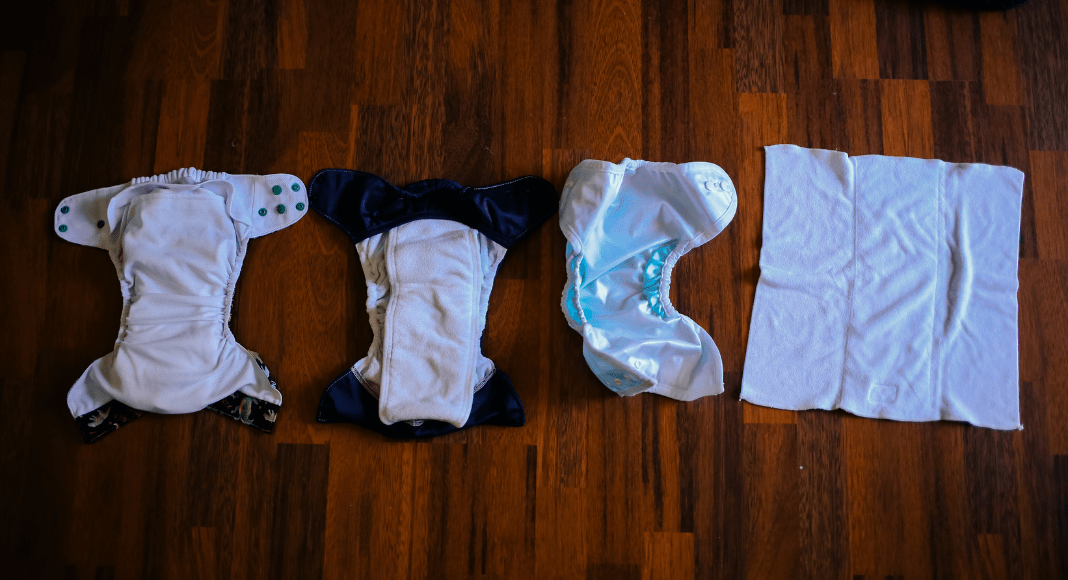
A few other items you’ll need for your journey are:
Wetbags: These are bags made with PUL material to hold your clean and dirty diapers when out and about. I have several of these and use them for lots of other things as well. They come in handy when traveling to hold toiletries, bottles, dirty clothes, etc. Even if you don’t cloth diaper, you should get yourself some wetbags.
Spray Pal Sprayer & Splatter Shield: This is for poop diapers. If you are breastfeeding then you don’t necessarily need to clean them off before putting them in the washer because breastfed poop is water dissolvable. However, if your baby is formula fed, you will need to spray off the poop when they start to eat solids (that’s what the shield sprayer is for). In fact, I use our sprayer regularly for things other than cleaning diapers. You can also make your own splatter shield using items from the Dollar Store, but I like this shield because it folds down flat for small spaces.
Wash Routine: This is important because without the right wash routine for your washer, your diapers could not get cleaned properly. Thankfully there is a whole community of people on Facebook who are willing to help. Fluff Love University is a great place to start because they have different routines for different machines and detergents.
Yes, you may have to spend money up front, but you will recoup some of it if you sell your diapers at the end of your journey. You don’t have to fully commit to cloth diapers in order to cloth. We use cloth diapers when we are home, but not when we are out or when we have babysitters.




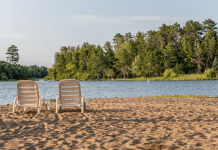
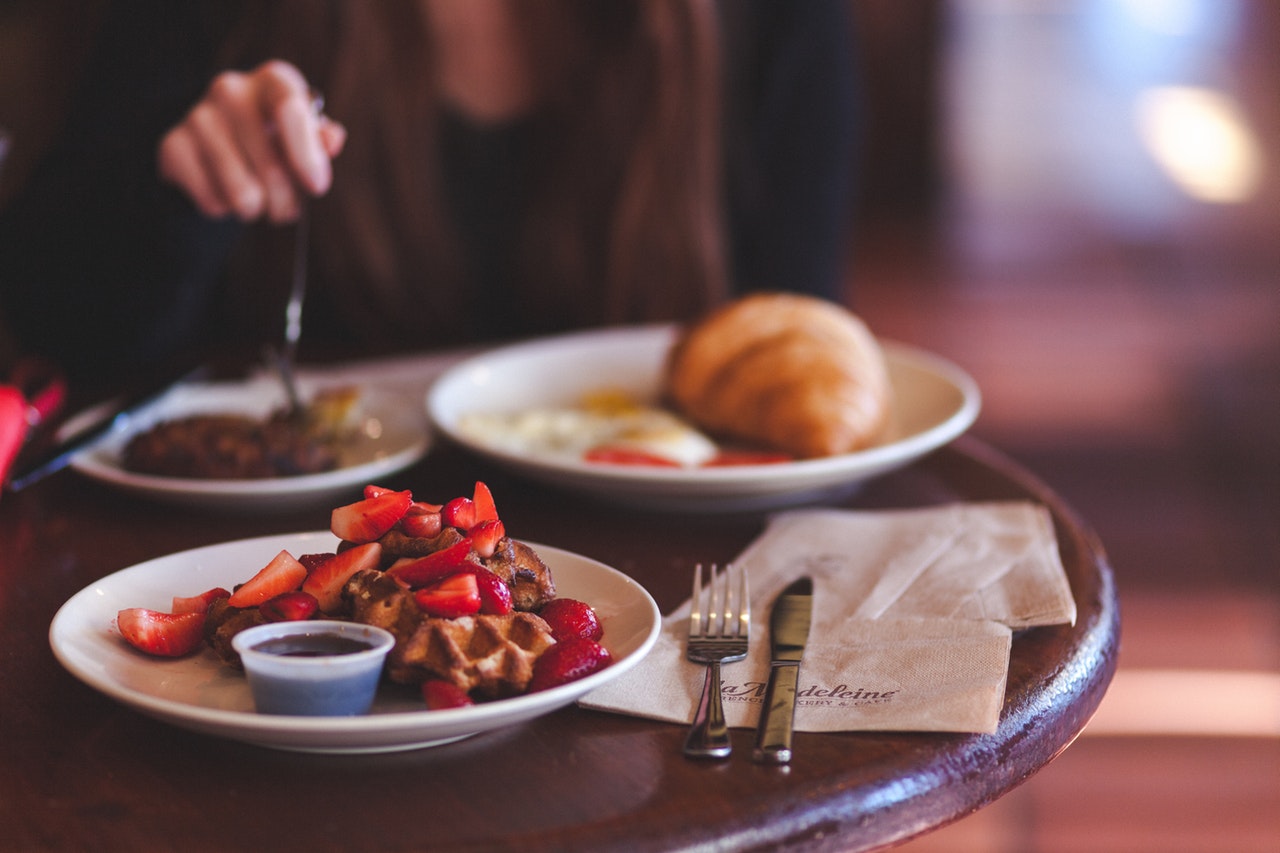



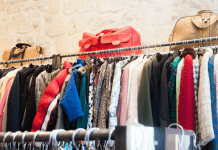







I did cloth diapering with my older two!
Comments are closed.